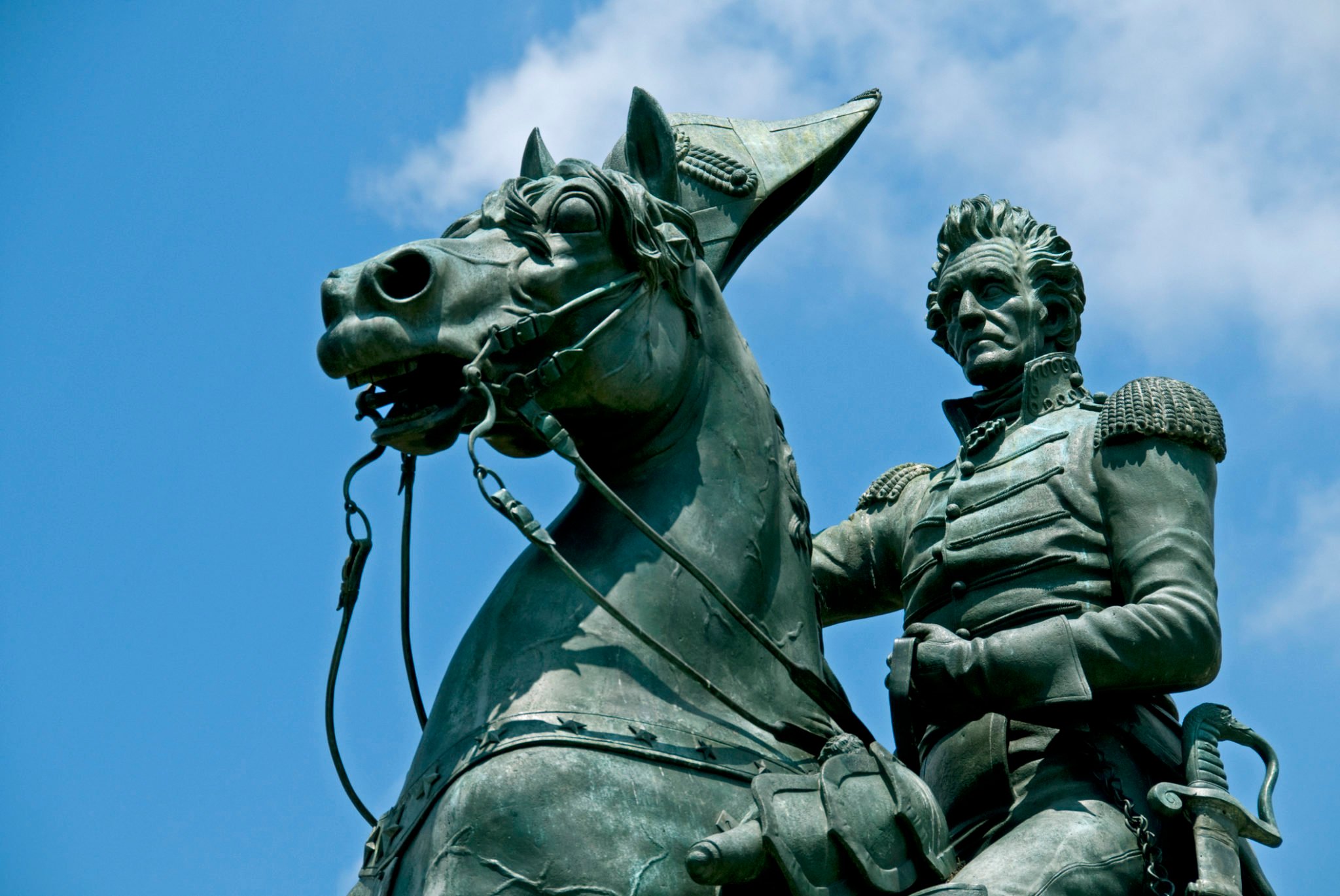In his July 3 speech at Mount Rushmore, Donald Trump announced he had signed an executive order to create a “a vast outdoor park that will feature the statues of the greatest Americans to ever live.” Though Trump is known to hyperbolize, it seems like his use of the word “vast” here was on the nose. Chuck Laudner, the executive director of the task force responsible for the National Garden of American Heroes, says the proposed sites range from 100 to 1000 acres in size. For context, the National Mall spans roughly 300 acres.
Trump’s executive order includes a list of 31″heroes” that must be a part of the garden; a list historians have described as “random,” “odd,” and “provocative.” In addition to expected figures like John Adams and Frederick Douglass, the list includes figures like Billy Graham and Antonin Scalia and fails to include any Latinx or Hispanic individuals.
Beyond Trump’s chosen 31, the order stipulates that other included heroes should “have contributed positively to America throughout our history,” enumerating the Founding Fathers, abolitionists, scientists, police officers, and opponents of national and international socialism as examples among others. “None will have lived perfect lives, but all will be worth honoring, remembering, and studying,” the order says.
But the current submission process leaves the interpretation of “heroes” up to the individual. “We’ve asked [the public], ‘What is an America hero?'” Laudner says. “You define it and let us know.” Anyone can suggest an American hero to americanheroesinfo@ios.doi.
The task force isn’t trying to police people’s views on American heroism and is open to all suggestions, Laudner says, even including people who sided against the United States on behalf of the Confederacy. But so far, they haven’t received any suggestions for Confederate members, and whether a Confederate statue would actually be included in the garden is unclear. Laudner says the creation of the garden is still in its earliest stages, and that all suggestions will be subject to review in the Department of the Interior, which will have prove the individuals “contributed positively to America” per the executive order.
Laudner added that “gathering up Confederate statues” isn’t the goal of the task force. But one of the missions of the task force is to resurrect toppled or defaced statues around the country. While some of these statues include those of Union soldiers and even one of Frederick Douglass, many are monuments to members of the Confederacy. Laudner says the task force isn’t forcing anyone to salvage those statues, but that if local officials ask for their help they’ll comply.
Beyond Confederate generals, even canonical American heroes like Woodrow Wilson, Andrew Jackson, and Thomas Jefferson have come under scrutiny in recent years for their discriminatory politics and personal lives. Given their statuses as former U.S. Presidents, its likely those figures would pass Trump’s litmus test for inclusion in the garden despite their controversial pasts. While Laudner confirmed there would be “waysides” or “plaques” that would identify each individual, it’s currently unclear whether they would include contextualization about these figures’ controversial lives. Laudner sees the inclusion of such figures as a positive potential asset of the garden, as they’ll help to foster “healthy debate.”
“The point is to not shy away from the debate,” Laudner says. “Let’s not scrub it from history and act like it didn’t happen. [People] on a whim, tear down or attack [these] statues because [they] want to make a statement without asking your opinion or my opinion or anybody else’s…Asking people who they think are American heroes is a million times better question than asking them who is not an American hero? Because asking them who an American hero is [helps] us continue to define what America is from [its] start to today.”














